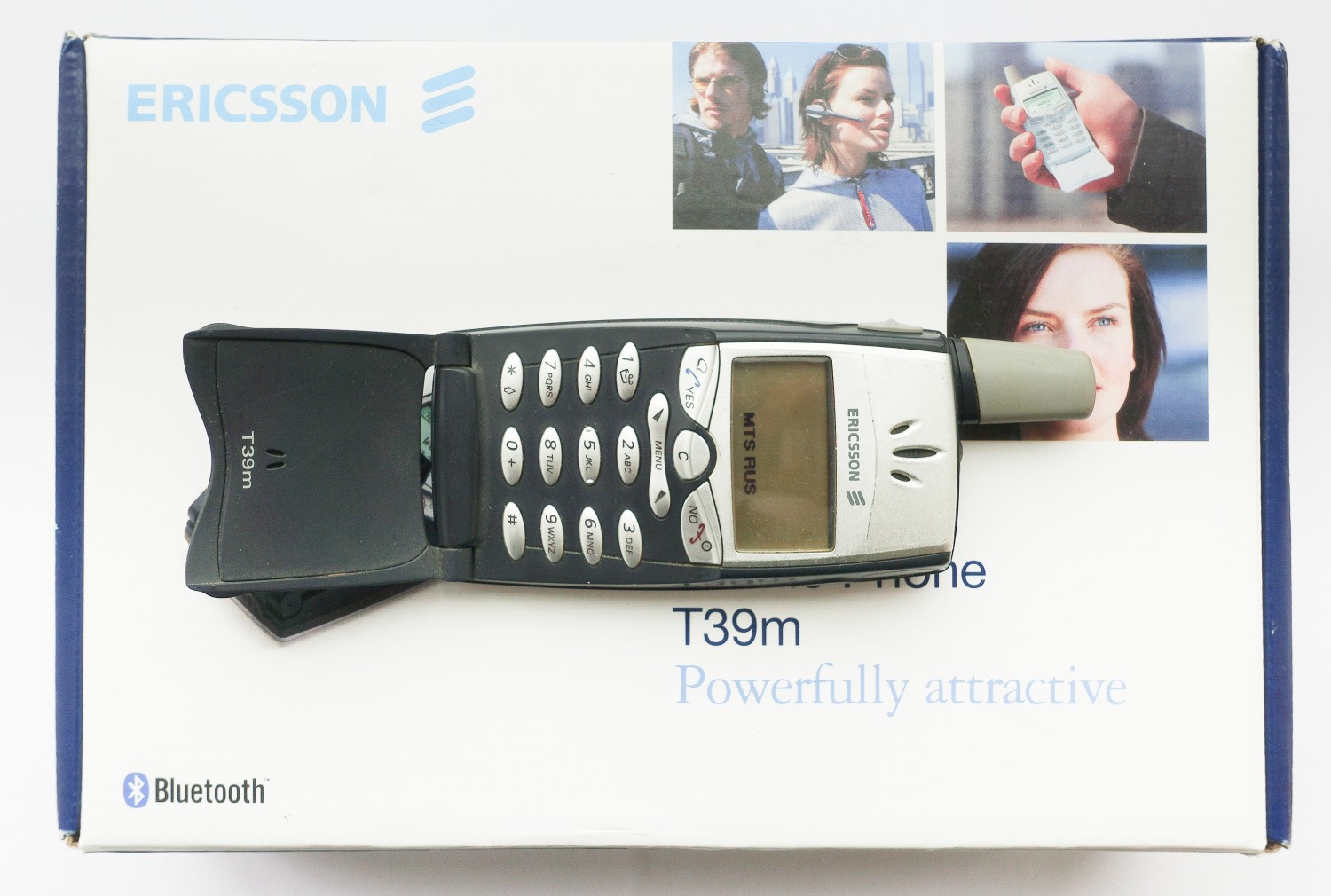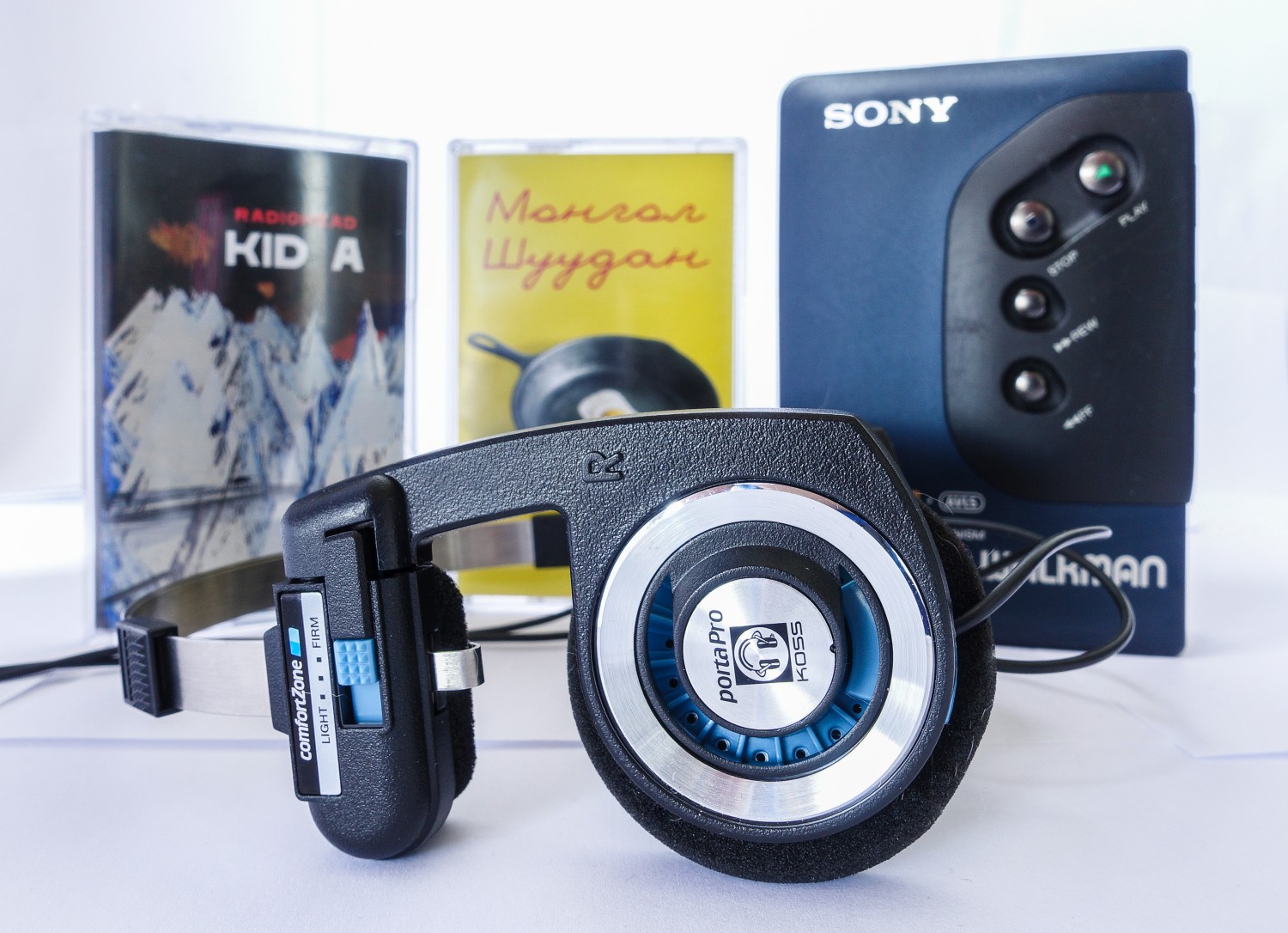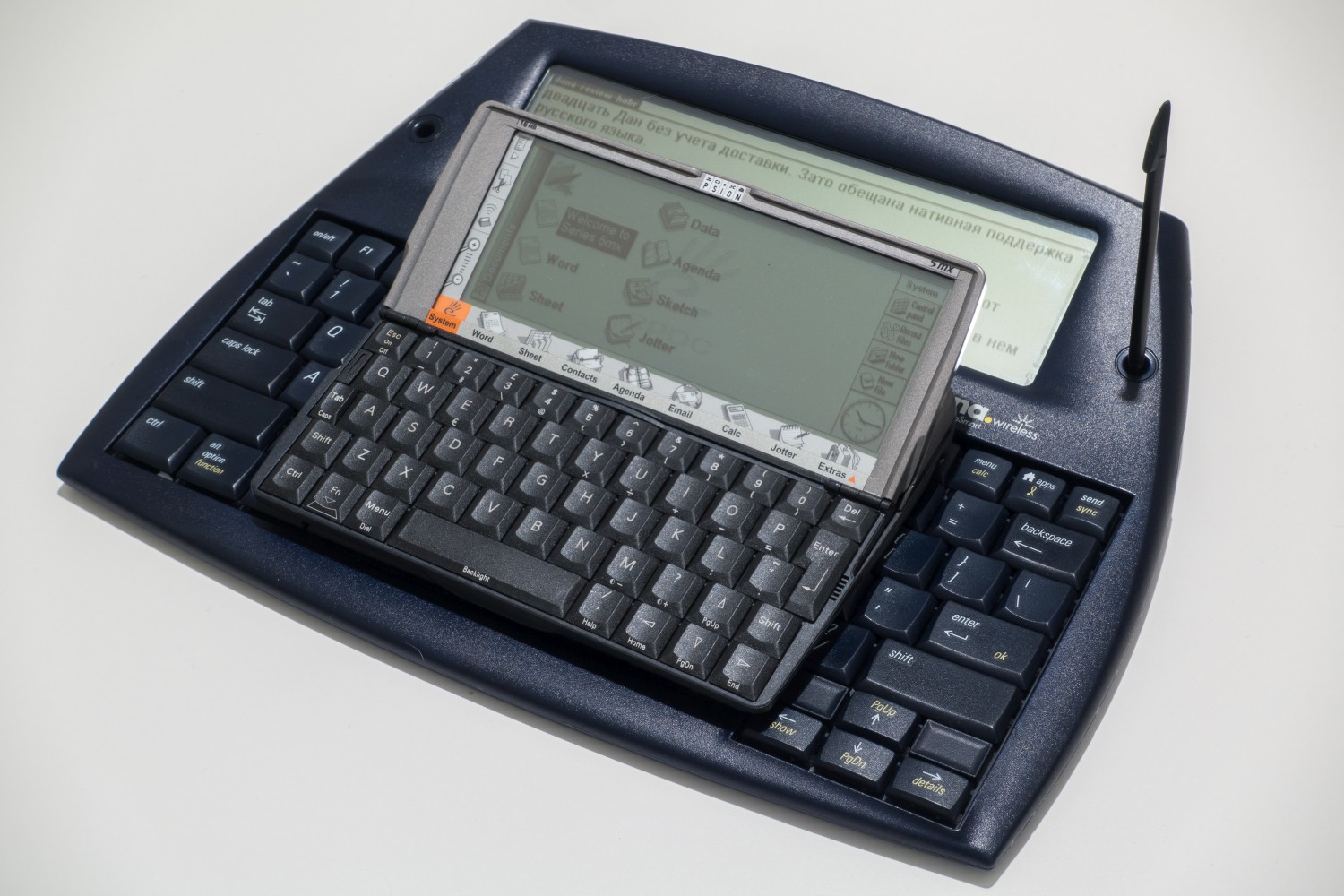
Now the same thing is happening, only the technologies are different. You will not find most of the information about rare ancient devices in Yandex or Google. Sooner or later, you may encounter a piece of iron, knowledge of which is fully possessed by a hundred people around the world. Or ten. But the point is not only this: on the basis of common interests, their own culture is built, small legends and myths of a single community of a hundred people are created. Here are some examples, and at the same time I will share my thoughts on the everyday life of an electronics collector. Summary: the suffering and pain of a retrofan, the definition of game, the phenomenon of the sendast head and the definition of the ideal device.
I keep a diary of a collector of old pieces of iron in Telegram . The link to the chat is in the channel description
Pain and suffering
The cornerstone of retro hobby, something to complain about, but in fact, this feature of collecting old pieces is what makes this hobby attractive. Everything is very difficult. For example, choosing a sound card for an old DOS computer. Or finding the right tape deck for listening to old cassettes. An important role here is played by the exchange of information: it is advisable to know about each retro artifact in what time interval the most interesting devices were produced, how they were chosen in the past, what features of the acquisition exist now. My favorite example is the motherboardfor 386 and 486 computers. They were issued in the days before the massive spread of the Internet, when the manufacturer's advertisement was more likely to indicate a telephone for communication, and not a website or at least an email. It is difficult to find instructions for components, it is even more difficult to identify the model from a dark photo on a flea market. There was no standardization: you can accidentally buy a motherboard that fits into one unique model of a computer case, and, of course, you will not find it. 25-30 years later, you need to know about the current BIOS batteries, the failure of tantalum capacitors and fake cache memory chips.

The exchange of experience is incredibly important, information never lies on the surface, Google will not help, but rather will helpfully try to find links to the wrong ones. Need to dig forums and communicate with colleagues in
Transfer Windows 95 from computer to laptop using a single floppy disk. Dial up by modem through modern soulless virtual wires. Inexpensive to purchase a slightly broken rare mini-disc portable. Buy 32 megabytes of memory for a 386 PC, and find out that that's too much, sixteen is enough. Get a set of reference cassettes for calibrating the tape recorder. Spend the weekend reading how to set the signal level on a 315 hertz cassette tape. Wait for the parcel, checking the tracking every minute. Get. Find out that instead of a test signal, a random German radio broadcast has long been recorded on the cassette. Pain and suffering. Suffering and pain. Like many modern technical classes, working with retro technology is a special joy, but very often it makes you feel like a complete fool. And you know this is useful!
Ideally! and the problem was not that
"Perfect" - an approving exclamation, usually coming from a collector who put together from artifacts, albeit strange, but working construction. I raised a telegram on a smartphone with Symbian. He has successfully recorded a modern film on videotape. I took a good shot with an ancient camera . Sometimes used in context: "This is the most difficult way to do some very simple thing, so we prefer it." For example, start two different sound cards in the old DOS-machine at the same time or create some other game (see "Game"). In general, it means that rare condition when an old piece of hardware really works.

“The problem was not that” - it's the other way around, when something doesn't work, the painful search for a solution seems to lead to a seemingly unambiguous answer, the hypothesis is tested, and turns out to be wrong. An example from my own practice: Soldering all capacitors in an old Hi-Fi device. Further checking showed that they all matched the markings and worked, and the problem is ... well, you get the idea. In this case, there was no sound in the left channel in the tape recorder. It turned out that the adjustment of one of the trimming resistors was knocked down.
Game

Something very strange and therefore interesting. Typically a device that opens up new horizons of suffering and pain (see Suffering and Pain). As retro hobby develops, there is a desire to get something very rare, which almost no one has. Not just a 386 processor, but a 486 compatible with the old motherboard . Not just a CD-ROM drive, but necessarily an old two-speed device that uses discs only in a special caddy case. A rare proprietary memory module for a laptop, a camera for an old PDA , not just a laptop, but a laptop with a full-fledged docking station... Inside the retreat crowd, there are some proven solutions that old-timers look at with condescension. In my opinion, in vain: I am always happy for people who bought a simple piece of iron from their youth and decided not to get into the dark depths of collecting.

In my collection, some directions went in the direction of complication, but this is my personal choice. Not videotapes, but laser discs, not CDs, but a separate PCM processor. Not one retro computer, but three, and a dozen more laptops. Mid-zero smartwatches, a rare cassette laptop, a video capture card for DOS, a battery-powered PDA set-top box, and so on and so forth. I will give links to good examples of "game": a dual-processor server on 80386, a smart home on an IBM PC under MS-DOS, a system for write-once to 12-inch laser disks. The character of "game" for each collector is different, depending on the depth of knowledge, availability of free time and money, and of personal preferences.

The freshest game in my retro infrastructure is the Pi2SCART extension for the Raspberry Pi, which outputs a high-quality analog RGB signal to an old TV.
Wife kicks out of the house
The standard response of a collector when he is offered to buy something, but he is not ready. I was lucky, and my wife supports my hobby, on one condition: all artifacts are stored within my office and do not crawl around the apartment so as not to frighten the guests. In fact, there is a question of your own limitations too. As the number of boxes with devices increases, I want to understand where the accumulation of devices ends, and why is all this being bought at all? Do I have a lot of cassette portable , despite the fact that of all these devices I use one, and even then not often? When should you stop? Most often, the simplest answer is when you run out of money. Or a place, but the money will run out faster.

I often think of my favorite motto "technology must work". If something is lying around idle, you can sell it or donate it to the next collector. I have accumulated enough technology, and you can start studying it in detail - it will definitely be enough for five years. It seems to me that we should not forget that things are ashes, and impressions are really important. Not the result, but the process. I'll try to change priorities, although, to be honest, retro shopping is addictive.
Sendast head
This is my favorite retrome, perhaps related to my hobby not only for technology, but also for marketing. During the Soviet era, marketing was not very good, design and advertising were generally paid much less attention. The main thing is functionality, which is actually quite a decent approach.

Soviet-made cassette recorders objectively lagged behind their foreign counterparts of those years. In the photo ( from here ) the Yauza MP-221 prefix of 1987 release is a quite high-quality device. But in other countries at the same time, both more functional cassette recorders were produced, with autoreverse and three noise reduction systems, computerized tape calibration and other, as well as more technological ones. On the front panel of "Yauza" there are inscriptions, which, in theory, should attract the buyer to the demo model on the store shelf. “Two motors”, “two noise reduction systems”,
One winter evening, this led to a lengthy discussion about the most obvious things that can be brought to the front panel of the device, advertised in bright letters. "AC Power Supply". "Insulated conductors". "38 capacitors". As a child, I was always intrigued by the inscription on my grandmother's mechanical watch that it contained “eight stones". Each era has its own technological advances, and it is very interesting for me to observe which of them end up in ads, on boxes, and on the devices themselves. Sometimes it’s something really meaningful, but often it’s not. "Sendast's head" is the personification of the changeability of this world. Rubies in hours, the number of pipelines in graphic cards, the size of the transistor in processors, noise reduction systems when recording to tape, support for high-resolution audio formats - everything that is being discussed in multi-megabyte discussions on the network will not be relevant forever. Which brings us to the last point of this cultural essay.
It used to be the same
Partly a sad wording, my personal protest against giving too much importance to things. No, cassette recorders don't sound better than digital devices. No, a 20-year-old laptop isn't enough for all tasks, and DOS games aren't necessarily better than modern ones. My favorite PDA Psion 5MX is no better than a modern smartphone. I like it better, but this opinion is based primarily on nostalgia. Take it away, and it will not always be easy to understand what is the value in all these retro cameras. The main thing is that I wanted to avoid immersing myself in retro with my head, completely ignoring, so to speak, modernity. It's too early for me to think that all the good things are behind me.

Yes, I like old devices. I like the idea of preserving knowledge and impressions about old technology, computers and programs, in general about the high-tech of the eighties and nineties. But I try not to forget that my retro hobby is happening here and now. I do not hesitate to use modern technologies (hosting, mini-computers, headphones and speakers) when it is more convenient. In every era you can find something interesting. And yet the thought does not leave me - what if to make my "pumped-over" 386th computer the main one? What will I have to give up in this case? Will this refusal be noticeable if we do not forget that the result of any of my work and hobbies is the text? And if so, maybe it will be possible to do without a computer at all?